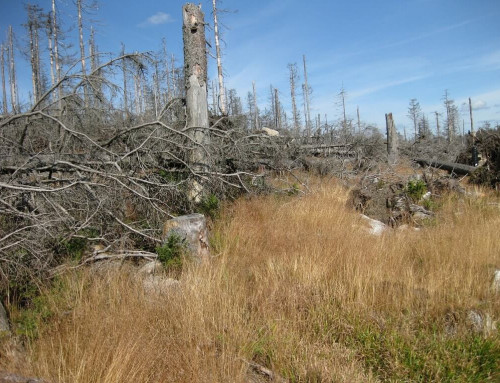
The structure of the Earth. Image by BBC.
ZIMSEC O Level Geography Notes: The Earth’s Crust
- The earth is generally spherical in shape.
- It’s surface however is made up of immeasurable valleys, mountains, rivers, hills etc of different shapes and sizes which in turn affect its shape.
- These naturally occurring features are called landforms.
- These landforms are constantly being created, changed and shaped by the earth’s internal and external forces.
- We say the earth’s features are dynamic i.e. they are always changing.
- Internal forces occur beneath the earth’s surface.
- These forces include faulting and folding and can result in such landforms as fold mountains and rift valleys.
- External forces occur above the earth’s surface and are often referred to as denudation processes.
- They include such processes as wind and water action (erosion and deposition), weathering and mass wasting.
- These forces transform and alter the original features and sometimes reduce their size.
- In other instances completely new landforms are formed for example Yardangs and Kopjes.
External Forces
- Running water
- Wind
- Waves
- Ice
- Weathering
- Mass wasting
Internal Forces
- Folding
- Faulting
- Volcanic activity
Go to the Geography Notes Home to access more topics.



